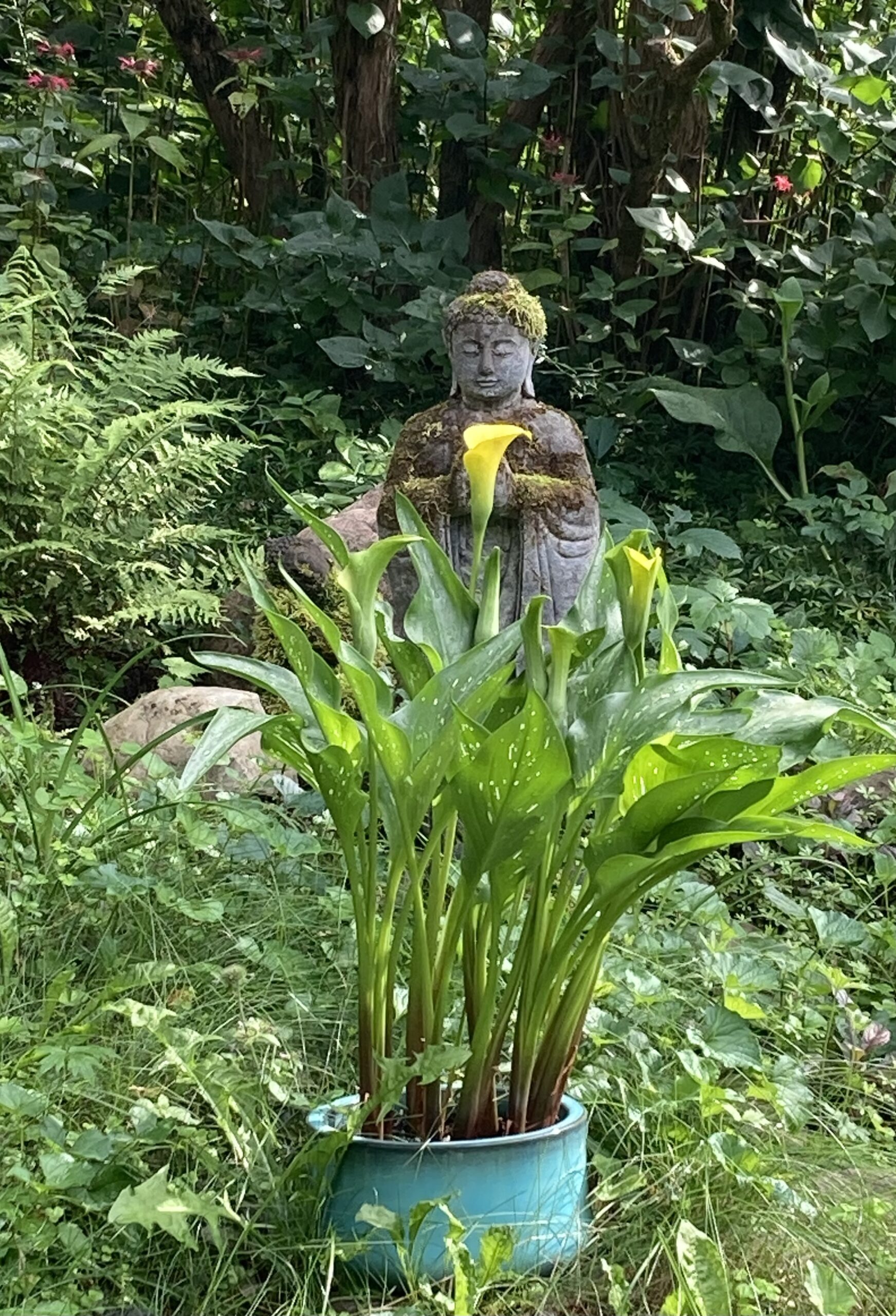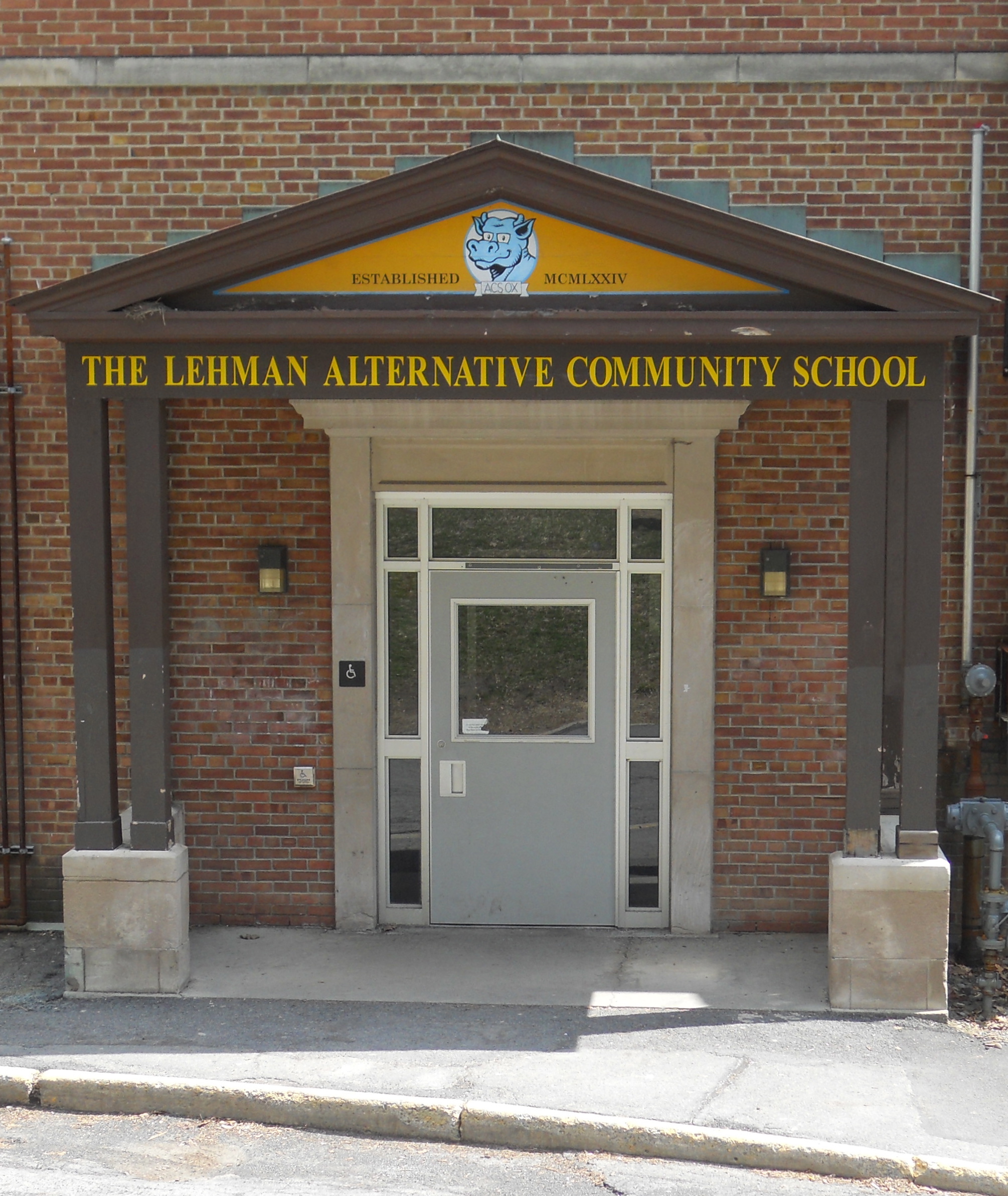Each morning, before meditating, I follow a version of the Buddhist practice of dedicating the meditation to relieving the suffering of others. I wish that I, my wife, and anyone close to me who is suffering, or every being anywhere, be at peace. The practice calms me. But I must admit that it’s not always clear what being at peace would realistically be like in our world today or if my notion of peace is like anyone else’s.
It’s clear to me that saying it and meaning it, doing it with sincerity, is possibly a beginning of an answer in itself. Telling ourselves being at peace is possible is a door to being there. Or maybe it’s a door to persuading ourselves we deserve it.
So, what do I mean by being at peace? It can sound to many of us like contentment or being satisfied; and it does share something with those two states of heart and mind. Yet, it’s closer to calmness or happiness, both of which might be components of peace.
But contentment, satisfaction, and even happiness have a bad rep in many quarters today. There’s so much that is terrifying right now, so many threats, so much injustice, how can we want peace? How can we be content, happy, or satisfied? Don’t we want discontent, fury, and outrage? Don’t we want determination and commitment to change?
And so many of us, even critics in my own mind, seem to doubt we deserve it. It seems we’ve been educated in discontent with ourselves.
I think fostering discontent with political policies that harm people is simply responsible behavior. But discontent that arises from conducting a war with ourselves is an entirely different story. It assists those who would do us harm. It undermines our work to create a more compassionate and equitable country by undermining our ability to be compassionate with ourselves. Being at war with ourselves exhausts inner resources that could help us imagine positive actions to take, and then take them.
And maybe recognizing this is a key to feeling at peace ⎼ accepting and being able to live in our own minds and bodies. ‘Accepting’ not in the sense of being unaware of the reality of what we are and what we face, but instead very cognizant of it. It’s not easy to accept that we can’t always be strong or feel good or know the answer, or to not automatically attack whatever feels threatening. Being at peace begins with not being at war with ourselves.
Our thoughts often take the form of stories, or internally created and enacted stage-plays or scripts. “All the world is a stage,” said Shakespeare. These plays can be noticed through mindful observation and are described not only in meditation teachings but the psychological approaches of Transactional Analysis and Cognitive Behavioral Therapy.
Self-criticism can be helpful, if it motivates us to be aware of painful patterns of thought and behavior. But it can also separate our inner world into warring parties. The self-critic is one character or side in the drama. The criticized is another. Too often, we react to the critic as if it was a celestial judge. When we abstract ourselves from the moments of our lives and try to reduce our world to only an idea of it, we suffer. Our ideals can be impossible to live up to, yet we all have them. We are all imperfect, full of contradictions. To the degree we hold an ideal too tightly, to that same degree we can hurt ourselves for not meeting that ideal…
*To read the whole blog, please go to The Good Men Project.


